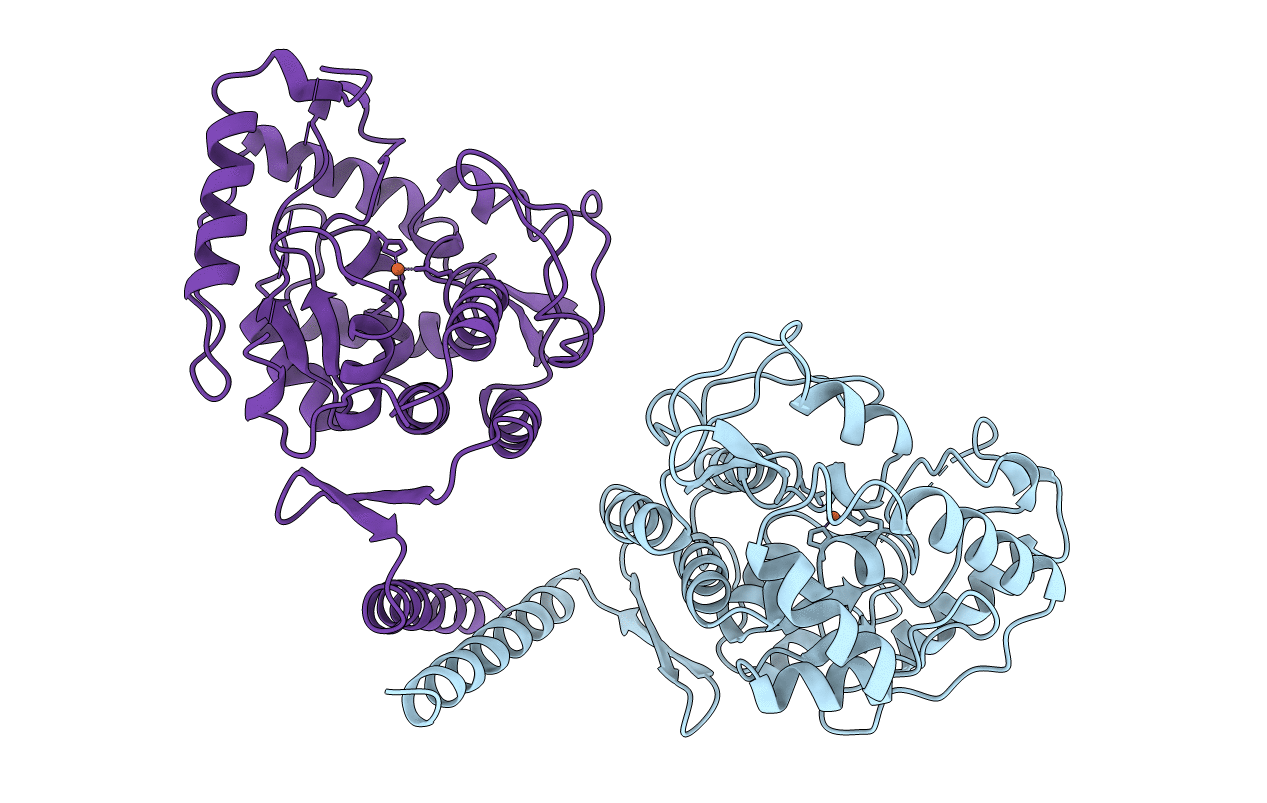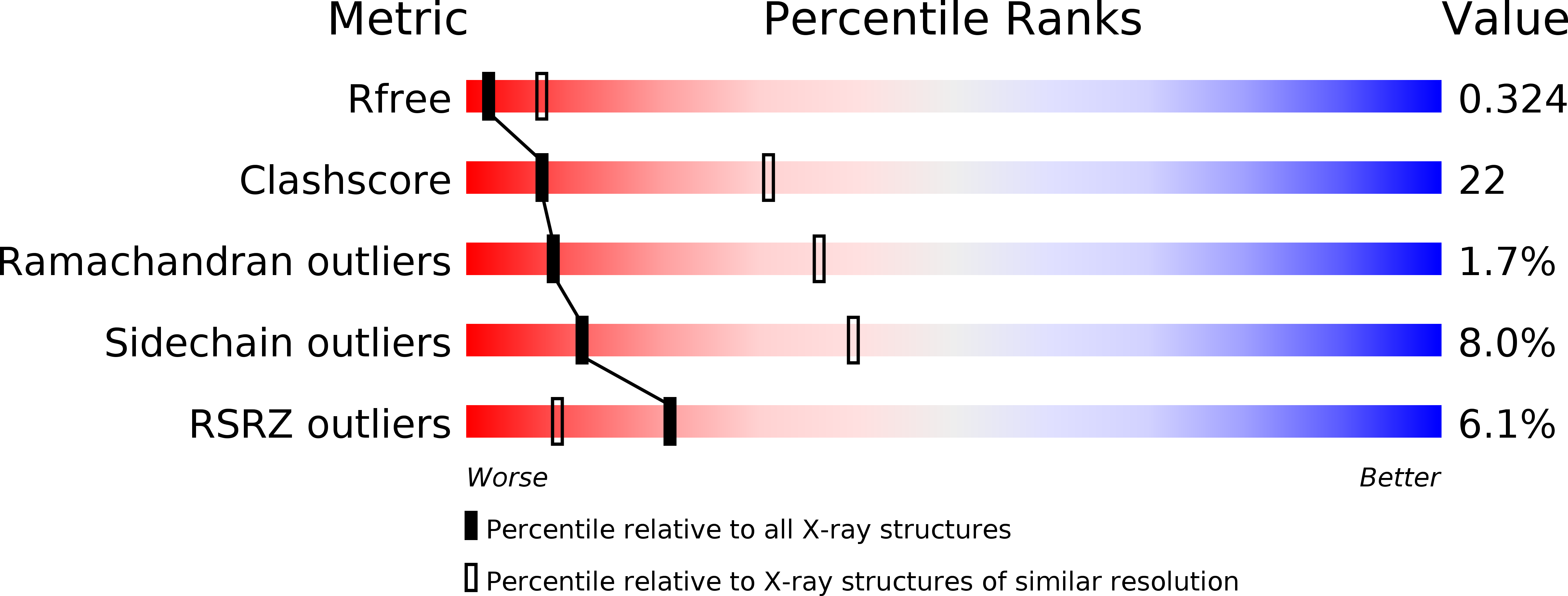
Deposition Date
1998-05-26
Release Date
1999-10-06
Last Version Date
2023-08-30
Method Details:
Experimental Method:
Resolution:
3.10 Å
R-Value Free:
0.32
R-Value Work:
0.25
R-Value Observed:
0.25
Space Group:
P 31 1 2


